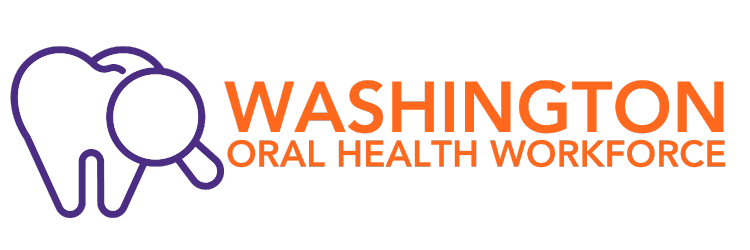Supply of Each Dental Occupation – Current
Use the dropdown menus within each tab below to see results for the occupation of interest.
Note: Professional license mailing address may not reflect practice status or practice location.
Some dental professionals with Washington licenses have mailing addresses outside of Washington state, and therefore are not shown on this map. See “Distribution – US” tab for details of WA licenses with out-of-state mailing addresses.
Note: For this summary, we defined rural based on Washington statute used for planning and allocation purposes as determined by the Office of Financial Management. Rural was defined as “counties with a population density less than 100 persons per square mile or counties smaller than 225 square miles as of April 1, 2022.


